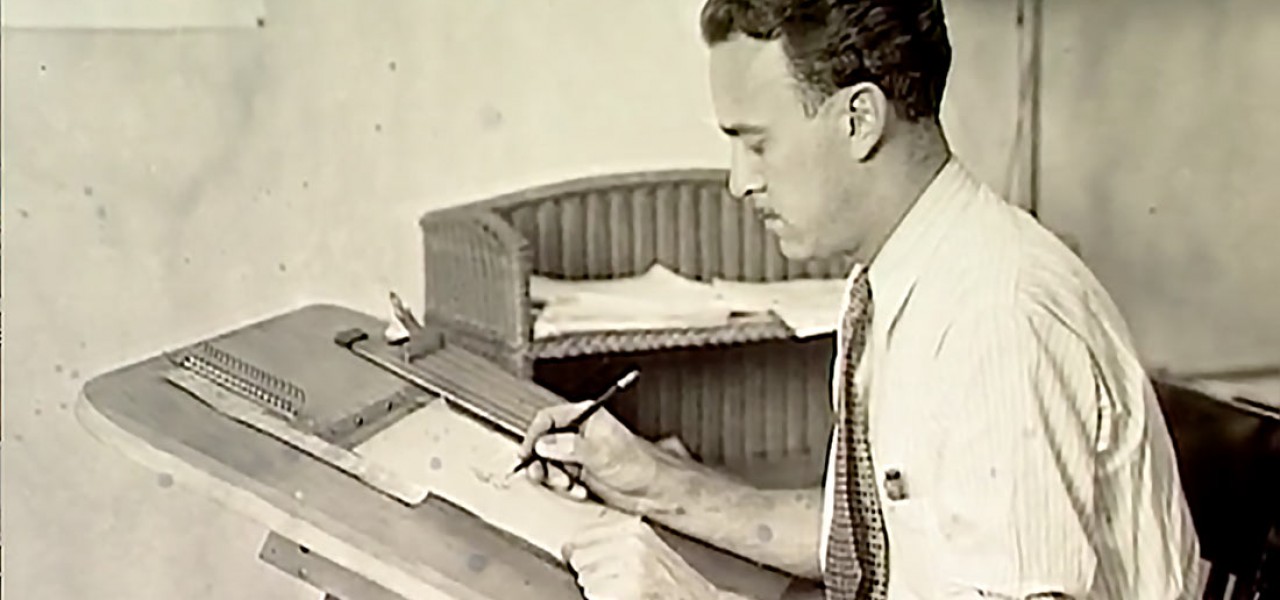
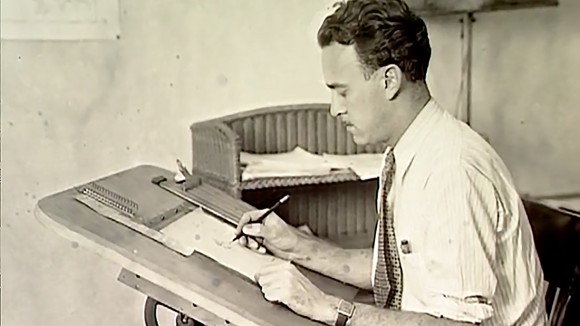
5 Reasons Why Mickey Mouse Co-Creator Ub Iwerks Was Awesome
Most animation fans know that Ub Iwerks co-created Mickey Mouse. But he contributed a lot more to animation than people think.
1. Ub Iwerks was a workhorse
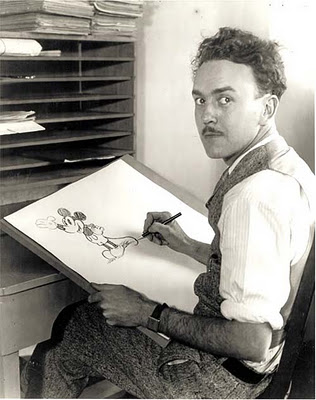
While the rest of Disney’s studio was toiling away on the last few “Oswald the Lucky Rabbit” shorts that they were contractually obligated to finish for Universal, Ub animated the first Mickey Mouse cartoon, Plane Crazy, alone and in complete secrecy. During work hours, Ub would place dummy drawings of Oswald on top of his Mickey drawings so nobody would know what he was doing. At night, Ub would stay late and animate on Mickey. He animated the entire six-minute short singlehandedly in just a few weeks, reportedly averaging between 600-700 drawings a night, an astounding feat that hasn’t been matched since. When the success of Mickey Mouse propelled the Disney studio to new heights, Ub continued his efficient streak by animating extensive footage on Silly Symphonies shorts like The Skeleton Dance and Hell’s Bells.
2. Ub Iwerks was a mechanical marvel
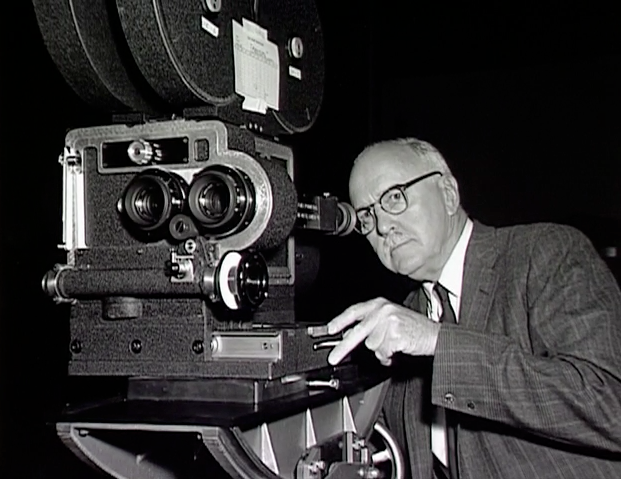
When not animating with a pencil, Ub loved to build and create inventions. He was intrigued by the inner workings and mechanics of machines, and loved to delve into what made things work. Supposedly he once dismantled his car and reassembled it over the course of a weekend. With this mechanical knowhow, Ub invented devices that incorporated new techniques into his cartoons. After Iwerks opened the Iwerks Studio in 1930, he heard that Disney was attempting to develop what later became the multiplane camera. Ub one-upped his old partner and made his own version from car parts and scrap metal, and incorporated the multilane technique into his cartoons, like The Valiant Tailor:
3. Ub Iwerks was a jack of all trades, and a master of every one
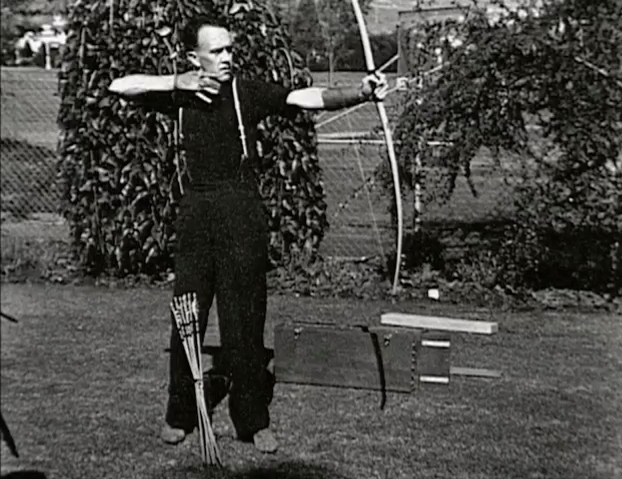
Besides being a skilled animator, mechanic and machinist, Ub constantly expanded his creative and intellectual pursuits through hobbies and sports. Being the ultimate challenge-seeker, he excelled at every single thing he attempted. And when he felt that he had mastered something and it was no longer a challenge to him, he’d quit. When Ub bowled a perfect 300 game, he put his bowling ball in the closet and never bowled again. When he took up archery, he became such a skilled archer that he got bored of getting bulls-eyes and quit that too. Even as an animator, Ub felt he perfected his craft and after his studio closed in the mid-1930s, he never animated again.
4. Ub Iwerks created movie magic
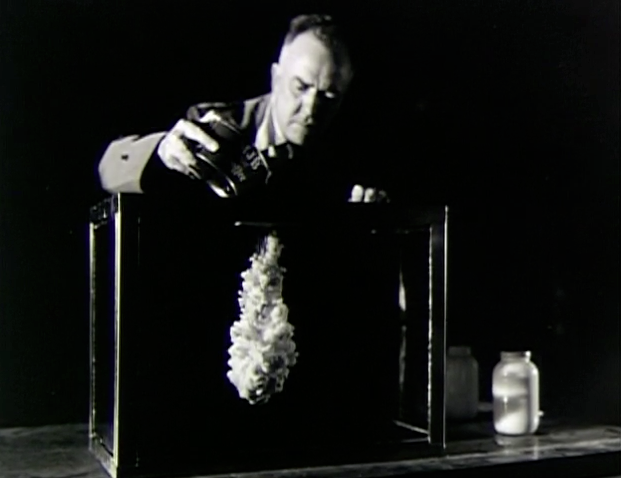
When Ub rejoined the Disney studio in 1940, Walt Disney gave his old partner free reign to do as he wished. With Disney’s resources, Ub developed special effects techniques for animation, live-action films and Disney’s theme parks, much of which is still in use today. He helped develop the sodium vapor process for live-action/animation combination and traveling mattes, which he won an Oscar for in 1965 after utilizing it in Mary Poppins. He adapted the Xerox process for animation, which eliminated the tedious task of hand inking every cel. For Disneyland, Ub designed and developed concepts for many of the park’s attractions, including the illusions in The Haunted Mansion and the animatronics for attractions like Great Moments with Mr. Lincoln and Pirates of the Caribbean. Disney even loaned him out to Alfred Hitchcock to help with the effects needed to create flocks of attacking birds in The Birds.
5. Ub Iwerks made animation what it is today
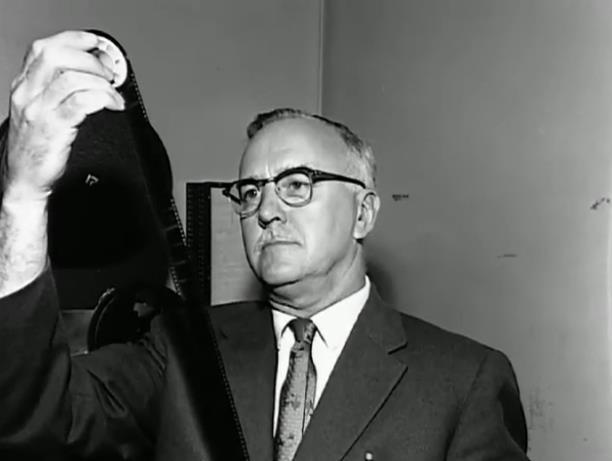
If Winsor McCay laid he foundation for character animation, then Ub Iwerks built a castle on top of it. He took the didactic rigidness of what animation was in his era and made it loose, organic, appealing and fun. Building upon what Otto Messmer did before him with Felix the Cat, the characters Ub animated were packed with personality. Characters like Oswald the Lucky Rabbit and Mickey Mouse were creations that audiences could relate to as no characters before. They thought, breathed, emoted and were infused with life.
What Iwerks designed and animated in shorts like Steamboat Willie and Skeleton Dance contained the principles (squash and stretch, appeal, anticipation, etc.) that became the genesis of the “Disney style”, which animators like Fred Moore, Norm Ferguson, and Milt Kahl later fleshed out. His work reached out and influenced animators all over the world, and they took the ball and ran with it. Rudolph Ising and Hugh Harman, who worked under Ub at Disney, brought his sensibilities to Warner Bros. and developed the Merrie Melodies and Looney Tunes series. Many animators got their start at Ub’s studio in the early 1930s, including UPA co-founder Steve Bosustow and Warner Bros. director Chuck Jones. Manga and anime pioneer Osama Tezuka was also greatly influenced and inspired by Ub’s work.
To learn more about Iwerks’ life and work, read the biography The Hand Behind the Mouse.

